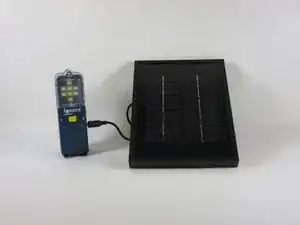Background and Identification
Solar lamps are a type of lighting fixture used to illuminate areas so occupants can continue their daily lives into the night, burning the midnight oil hours past dusk. Solar lamps exist in numerous forms that employ both artistic and engineering creativity, but all solar lamps are made to hold a lightbulb in a useful position within an area. Solar lamps are similar to table lamps, ceiling lights, flashlights, and other lighting fixtures.
Solar lamps generate light through electricity from rechargeable batteries, producing heat as a byproduct. The solar panels attached to the lamp recharge these batteries, allowing the lamp to be used when it is needed.
Solar lamps are only able to achieve their function because of the lightbulb, invented in 1879 by Thomas Edison. Prior to the lightbulb, methods for lighting areas included both candles and oil lamps. Solar lamps are a clean-energy alternative to traditional lighting methods. They also don’t require an outlet, making them a common device to take camping. Solar lamps are also a convenient emergency item to have in case of a power outage.
Solar lamps are designed to rest on the ground or a table. Solar lamps almost always include a few key components: a base, a body, a lightbulb, and solar panels. Some solar lamps are portable and also include a handle. Others are permanent outdoor lighting installations. Solar flashlights, which are similar to solar lamps in principle, are designed to be handheld and have their internal components housed in a cylindrical body.







